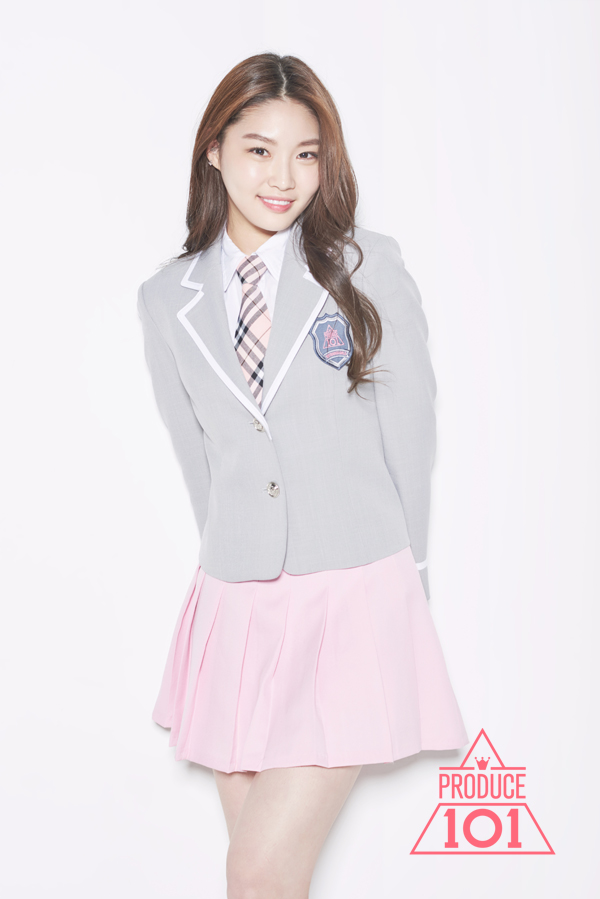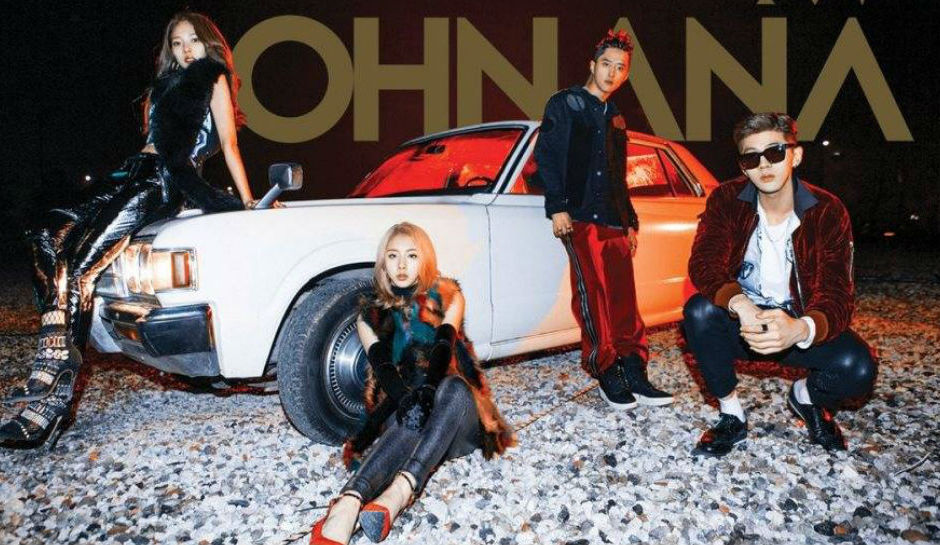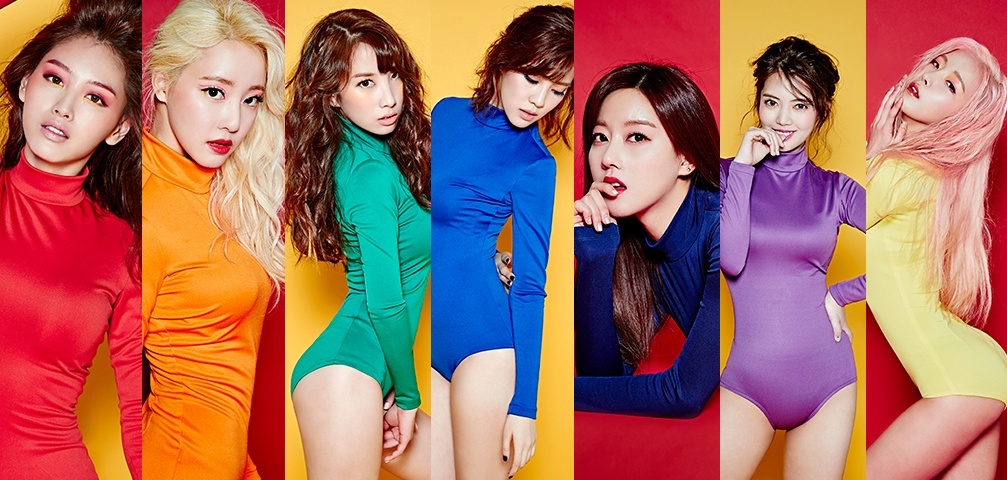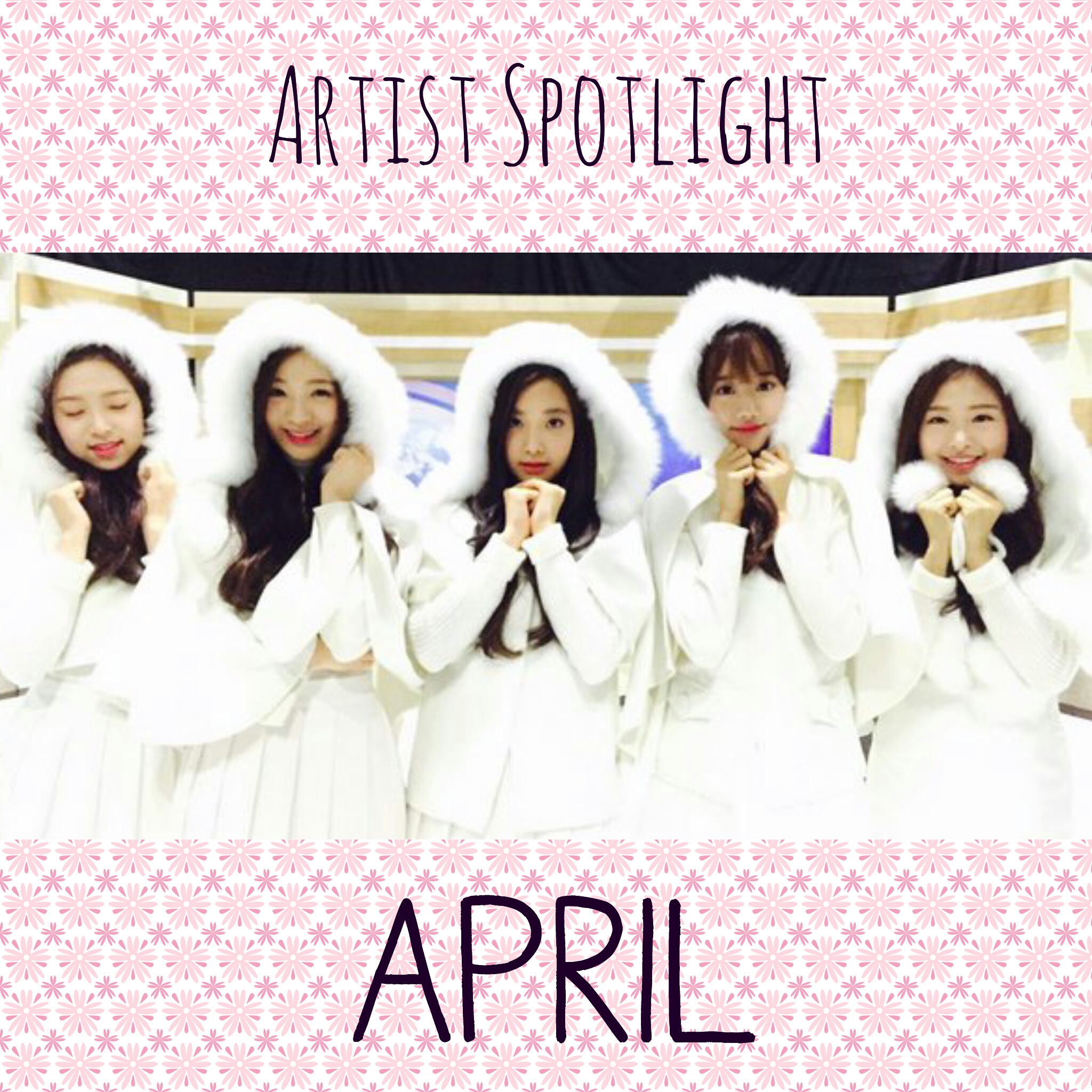Is K.A.R.D the future of K-pop?
Two months after releasing their first single “Oh NaNa” and catching a lot of attention, K.A.R.D. made their first comeback on Feb. 15 with the intensely popular “Don’t Recall.” After its release, its music video racked up millions of views on YouTube with, at the time of publishing this article, over 6 million views.
Of course, it’s not the first time we see a co-ed group in the Korean scene, and the features of their sound aren’t new either. So what makes K.A.R.D. so different from the others?
Let’s analyze a few aspects.
So far, K.A.R.D.’s releases have followed a pattern: westernized pop with hip-hop and Caribbean influences, catchy synthesized hooks and vocals led by the female members. Moreover, the lyrics are about love and romance in which the women play the most active roles as the two men rap and complement the ladies’ narrative in a responsive dialogue. The lyrics are combined with well labored choreographies full of boy-girl interactions, body rolls, and hip shaking.
Also on KultScene: KultScene’s 2017 Artists to Watch
We’re not sure if this is going to be a standard for K.A.R.D. or if they’re just riding the tropical house music wave for now only to move onto another trend, but while we wait on that, let’s just enjoy this era and crown K.A.R.D. as the modern Korean version of Ace of Base already?
Although they’re doing an exceptional job with this music trend, it’s something we’ve heard a lot lately, like in BTS’s “Blood Sweat and Tears” and Blackpink’s “Playing with Fire,” after the fever of dancehall influenced songs in the U.S (Rihanna’s “Work;” Mike Posner’s remix of “I Took a Pill in Ibiza;” and Justin Bieber’s “Sorry,” etc.). However, with K.A.R.D., it does not seem to be just a random choice of style for a song, but rather the group’s concept. The sonic feature is a huge invitation to shake your body, and the group members actually do it! And they do it in a way that’s not so common in K-pop.
For this reason, K.A.R.D. has been very appealing to foreign fans. In fact, if it weren’t for the insertion of raps in sections that we usually don’t hear in western pop and the spoken line before the chorus, everything about “Don’t Recall” could easily pass as something recently released in the U.S. and play on the radio, alongside songs like Clean Bandit’s “Rockabye.”
The amount of references we make to western pop this article is not in vain: K.A.R.D. is probably one of the least generic K-pop groups we’ve seen in the past few years. No wonder they channel other foreign co-ed groups of the past like RBD, A*Teens, and Vengaboys (yes, you now have a clue about how old this writer is, although the very mention of Ace of Base might have given you a clue) more than Sunny Hill, the previous, most high-profile co-ed idol group in K-pop. Yet, there is still something else that makes K.A.R.D. stand out: that this is clearly a group of adults.
It is not a new thing to have a K-pop act that sounds or acts American, but K.A.R.D defies K-pop standards even more by presenting a cogent combination of a western sound and a more mature posture of the members, mostly with “Oh Na Na” and “Don’t Recall” being led by empowered women who show no traces of the cute, shy, and submissive behaviour often seen in Korean girl groups.
Their music videos have the choreography on the spotlight, with Jiwoo, B.M., Somin, and J.Seph delivering intense performances. For western fans more used to this type of music, it is more natural to see people loosely shaking their hips and shoulders while dancing to such a contagious rhythm than seeing a typical K-pop choreography. K.A.R.D.’s choreographies are more daring and their execution lets us know that they are grown adults aware of their bodies and sensuality to the point that it doesn’t even seem like they are forcing a sexy concept even when they twerk or grind close to each other; it just seems natural. But it’s not just their dancing; in the Youtube videos their agency constantly uploads with footage of the members having fun while practicing, it is noticeable how relaxed and “real” they are encouraged to come across as.
Also on KultScene: What to expect at KCON Mexico’s concerts
This group has something unique and special — and not just because it’s a co-ed group that dances sexily with each other– that has the potential to make a difference in K-pop if Koreans are open to accept this new approach. K.A.R.D.’s international fan base grows more every day and it is easy to understand how they connect with the members not only through music but through their personalities as well. However, we must not forget that they are a Korean group that makes music for Koreans first.
The recent disbandments of groups like 4Minute, 2NE1, and Wonder Girls are a sign that one era of K-pop is coming to an end. But on the other hand, the enormous success of newer groups like Twice, BTS, and GFriend denotes that some of the most distinctive marks of K-pop won’t die soon.
It is hard to imagine K-pop without robotically executed choreographies, aegyo, cute concepts, and music videos full of colors and aesthetics, even for the future. But right now, it is also hard to imagine K.A.R.D. succumbing to this. Sticking to what they’ve shown so far would not only help them continue to stand out, but could also inaugurate an era of K-pop in which different styles can coexist.
We have a lot more to anticipate from K.A.R.D.: more singles, official performances, and there are still hidden members to be revealed. Therefore, it is too early to know if they will succeed as much as they deserve to. But regardless of what happens in the future, until now, K.A.R.D. is already one of the most refreshing things we’ve seen in K-pop in a long time and there is a lot of room for growth if Korea embraces them as much as the rest of the world is doing.
What do you think of K.A.R.D.? Do you think they have potential to go far? Share your thoughts in the comment section below! Be sure to subscribe to the site and follow us on Facebook, Twitter, Instagram, and Tumblr to keep up with all of our posts.






